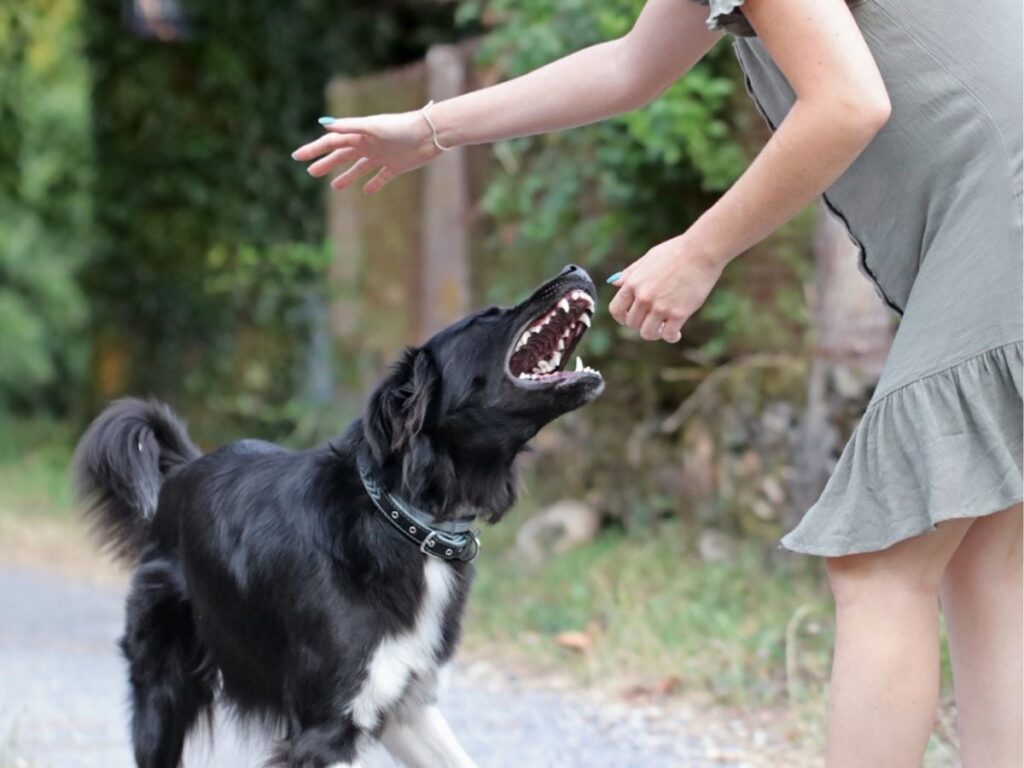Dog bites can be a frightening experience, but it’s crucial to remain calm and take the necessary steps to ensure both your safety and health. Understanding what to do in the event of a dog bite is essential for effective management and recovery. This article will provide an overview of the immediate actions you should take following a dog bite, preventive measures for the future, and when to seek medical attention.
Immediate Steps to Take After a Dog Bite
1. Stay Calm
Your first response should be to remain calm. Panic can worsen the situation, making it difficult to assess the injury and take appropriate actions. Take a deep breath and focus on the steps outlined below.
2. Clean the Wound
Immediately wash the bite area with soap and warm water. This helps remove bacteria and reduce the risk of infection. Ensure that you clean around the wound gently but thoroughly.
3. Control Bleeding
If the wound is bleeding, apply gentle pressure with a clean cloth or bandage. Elevating the injured area can also help control the bleeding.
4. Apply Antibiotic Ointment
After cleaning the wound, apply an over-the-counter antibiotic ointment to further prevent infection. Cover the bite with a sterile bandage.
5. Monitor for Infection
Keep an eye on the wound for signs of infection, which may include increased redness, swelling, warmth, or discharge. If any of these symptoms arise, seek medical attention promptly.
When to Seek Medical Attention
It is vital to recognize when a dog bite requires professional medical treatment. The following criteria indicate a need for a doctor’s visit:
| Criteria | Recommended Action |
|---|---|
| Deep or extensive wounds | Visit a healthcare provider for proper treatment. |
| Signs of infection | Consult a doctor immediately. |
| Bite from a stray or unknown dog | Seek medical attention for rabies assessment. |
| Increased pain or discomfort | Schedule a doctor’s appointment. |
| Uncertainty about tetanus vaccination status | Consult a healthcare provider. |
Prevention of Dog Bites
Preventing dog bites is a crucial step in ensuring safety. Here are some strategies that can help:
1. Understand Dog Behavior
Learn to read dog body language. Knowing signs of aggression or fear can help you avoid potential bites.
2. Approach Dogs with Caution
Always ask the owner’s permission before approaching a dog, especially if you are unfamiliar with the animal.
3. Never Leave Children Unattended with Dogs
Supervise interactions between children and dogs, as children may unintentionally provoke or scare a dog, leading to a bite.
Conclusion
Being bitten by a dog can be a distressing event, but knowing the appropriate steps to take can minimize risks and complications. Always prioritize cleaning the wound, monitoring for infections, and seeking professional medical advice when necessary. Additionally, employing preventative measures can significantly reduce the likelihood of future incidents. By understanding dog behavior and promoting safe interactions, we can create a safer environment for both humans and dogs.
